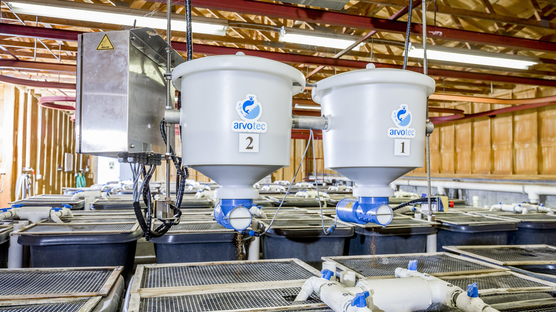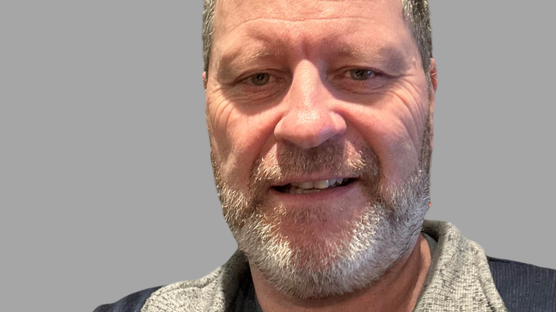
Published on Feb. 1, 2018
Improving breeding to combat Amoebic Gill Disease in Salmon
Hendrix Genetics, along with its partners, work to use animal breeding to combat AGD in salmon.
Aquaculture, specifically related to farmed salmon is rapidly growing. This is fuelled in part by the need to protect the world’s supply of wild fish. Better breeding methods and new technology have also helped it become more efficient and sustainable with every passing year. There are still challenges in the industry and like in any kind of animal agriculture, disease is always a potential threat. In salmon aquaculture, one of the greatest challenges faced by the industry is Amoebic Gill Disease (AGD). This disease is caused by the amoeba Neoparamoeba perurans, and whilst it targets almost every species of farmed fish, it has been a particular problem in salmon production. AGD costs the industry millions of dollars a year in treatment and lost productivity. Aside from being a serious economic issue, it also has a large impact on the animal welfare of farmed salmon.

This research allows us to improve not just production, but also animal welfare and sustainability in the industry.
The solution
Hendrix Genetics geneticist Dr. Alastair Hamilton knows first-hand the power of better breeding to tackle diseases. Together with The Roslin Institute in Edinburgh, he led research on possible solutions through breeding. They found that resistance to AGD is a heritable trait and therefore a candidate for selective breeding. Our research further demonstrated that resistance to AGD is strongly linked to two regions on chromosome 18. This makes the trait a good candidate for genomic selection. Early results in our breeding program suggest that genomic selection was 18% more effective in improving resistance to AGD than traditional selection ignoring DNA information. Moreover, this was achieved using as few as 1000 SNPs (represents a difference in a single DNA building block) a tiny number by industry standards, suggesting selection could be highly efficient and cost effective.




